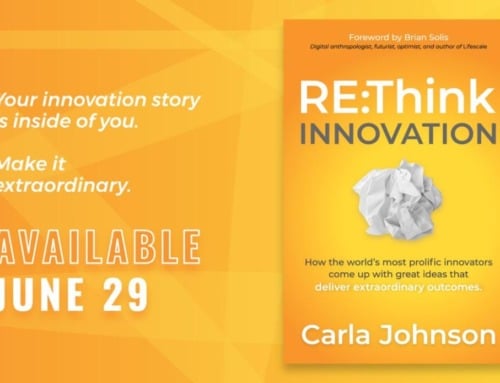If you’re like most agencies, you are still primarily using the billable hour payment. This model relegates you to a manual laborer rather than a solution-driven partner. It also puts you and your clients at odds, rather than forging a better alliance. The good news is there’s another way.
Why do agencies use the billable hour?
The main reason agencies still rely on the billable hour model is because this is how it has always been done. Change rarely comes naturally, whether we’re talking about individuals or large corporations. People find it easier to keep doing things the same way instead of learning a new system. And truth be told, billing by the hour is definitely an easier process because most agencies are set up to track employees’ time.
But this method no longer works. It’s outdated. Back in the days of heavy media buying, when the lion’s share of billing was based on commissions, this method was great. But today’s market is drastically different, and it has different needs.
What’s wrong with billing by the hour?
This model is to the disadvantage of both the agency and the client for a number of reasons:
- It puts you at odds with your clients. They want to spend less, and you want to earn more. You don’t get the opportunity to work together to discuss the value of your work, so one or both parties are usually dissatisfied with the payment.
- Similarly, it creates risk for clients since they don’t know how many hours of work you will need to do to complete the job. They’re forced to accept whatever bill you give them, which can make them suspicious and wary of you.
- It implies that agencies make “stuff,” rather than create ideas or business solutions.
- It penalizes agencies for technology and other advances that make agencies more efficient.
- It prevents you from setting the price in advance, which keeps everyone in the dark until the final bill arrives.
- Finally, and perhaps most importantly, it makes you like every other agency in town. If you update to a better model, it communicates that you are pushing ahead of the competition and are not trapped in old methods. This kind of change can make you a leader in your field.
Solution: The value-pricing model
In the value-pricing model, the client and the agency discuss the business outcomes that will be delivered as a result of the work. They set measurable, smart goals and determine the value of achieving those outcomes.
Here’s an example: Let’s say a client in the banking industry would like to get 200 new checking accounts from advertising efforts. The bank’s marketing manager determines that the lifetime value of a checking account customer is $500, so achieving the goal is worth $100,000 in new revenue. She also determines that the bank has a 50 percent close rate on selling a new checking account. So the campaign needs to drive 400 prospects into the bank in order to open 200 new accounts.
The agency can’t be held responsible for the actual sales because there are too many variables outside of its control. But it can present a program that will drive 400 prospects through the door. The agency can now present different options for driving inquiries about checking accounts. The agency knows that the proposals need to be priced in a way that creates a profit for the client. It’s then the agency’s job to deliver the specifics of the proposal within budget.
The client couldn’t care less how many hours the job takes. What the client cares about is results. As long as the agency creates more value than the price it charges, everyone wins.
This process is a much more balanced way to charge the client and to compensate the agency. The client pays for value, not stuff, and the agency is paid based on the success of its efforts, not how much time it took to accomplish the goal.
Value pricing makes it easier for your agency to build strong relationships with your clients because you’re both pulling for the same outcome. In this new model, the clients are in control of the price-to-value ratio, and they are happy that you are making a profit because they are paying for results. You can argue over hours billed, but it’s hard to argue with results.
If you’re still using the billable hour, it’s time to revamp your pricing model. You can stand out in the crowd, create agency-client relationships built on trust and common goals, and benefit from high efficiency. I don’t know of a single agency that doesn’t want those improvements.
This article was written by Drew McLellan and first published on iMedia.






